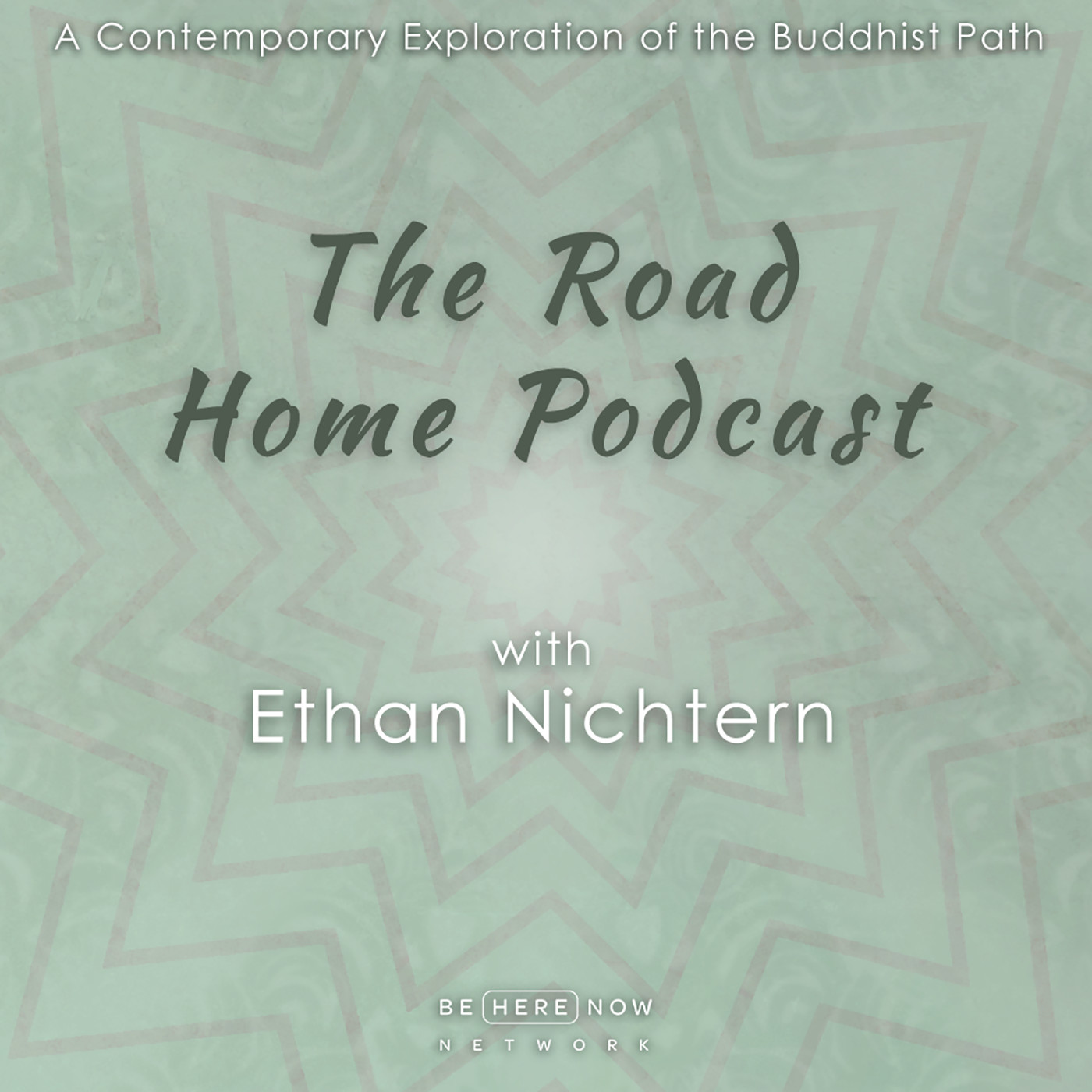An Introduction to Dharma
What is the real meaning of dharma?
In one sentence, dharma is an important religious concept generally referring to a law or principle that governs the universe. The word “dharma” comes from the Sanskrit root word dhri, which means “to hold,” “to maintain,” or “to preserve.”
How many dharma are there?
Dharma has multiple meanings in the Hindu, Buddhist, and related religious traditions.
Dharma in Hinduism
In Hinduism, dharma has two overarching meanings.
- Dharma as Cosmic Order: The cosmic order that was created out of chaos in the universe. Later, it came to invoke societal norms including religion, moral principles, and duty that prevent humanity from descending into social chaos.
- Dharma as Life Purpose: The laws governing our purpose in life as individuals. This supports our ability to transcend suffering and samsara, the cycle of birth and death, by serving other beings and cultivating a relationship with the Divine.
Dharma in Buddhism
In Buddhism, dharma is part of the “Triple Gem” of Buddha, Dharma, and Sangha. In the Sanskrit and Pali languages, “dharma” or “dhamma” often refers to the Buddha’s teachings, but the meaning is broader. Aspects of this broader dharma include:
- The Eternal Dharma: The all-encompassing, underlying reality of all things. It is the goal of all Buddhists to know and rest in this “true nature” rather than our constructed “self” identity.
- Dharma as Phenomena: The countless thoughts, material forms, perceptions, actions, and other aspects of the human experience.
- Dharma as the Path: The way to enlightenment followed through meditation and other Buddhist disciplines and practices.
- Dharma as Teachings: The teachings given to us by the Buddha, including the Four Noble Truths, and added to by countless generations of accomplished and realized men and women.
Dharma in Jainism
Jainism, another ancient Indian religion, also uses the word “dharma” in several ways.
- Dharma and Religion:
- “Ahimsa Dharma” refers to the “religion of nonviolence,” the basis of Jainist ethics.
- “Dharma bhavana” are spiritual reflections intended to stop the endless cycle of rebirth to which living beings are subject.
- “Sramana-dharma” and “Sravaka-dharma” are the two religious paths of virtuous conduct, one for ascetics and the other for worldly householders.
- Dharma as Intrinsic Nature: Everything in the universe behaves according to its own natural laws.
- Dharma as Substance: As the medium for motion, “Dharmastikaay Dravya” is one of the six basic substances of the universe. Among the other media are those for space, time, and soul.
- Dharma as Virtue: “Das-dharma” are the ten “supreme virtues” to be cultivated on the path to liberation.
Dharma in Sikhism
In the Sikh scriptures, dharma refers to righteousness, piety, religious observance, spirituality, and morality.
- “Sikh Dharma” means the “path of righteousness” for its followers. Sikh belief stresses one’s actions over religious labels, rituals, or outward appearances.
Why is dharma important?
Dharma is that order that supports the whole world, from the laws of nature to the inner workings of conscience.
Dharma is karma in action. Karma is the sum of our thoughts, words, and deeds and needs to be aligned with dharma in order for us to escape the endless cycle of death and rebirth, or samsara.
In the Hindu tradition, dharma is thought of as the power that maintains society. It makes the grass grow and the sun shine, and allows us to live morally in the world. Hindu law, one of the oldest jurisprudence theories in the world, is a subset of dharma.
Three hundred years before the Christian Era, the Indian king Ashoka enshrined dharma as the policy principles governing his complex empire of Hindus, Buddhists, Jainists, and other sects. Engraved on rocks and pillars throughout his lands, these dharmic edicts emphasized many principles of social ethics and civic responsibility, including religious tolerance, generosity, and nonviolence.
More than two thousand years later, the ideals Ashoka ruled by are still invoked by those working for a just world where we can all live peacefully, responsibly, and in harmony with all humanity and the natural world.
How do you practice dharma? How do you align with your dharma?
For an individual to live out their dharma is for them to act in accordance with this law. Though there is no equivalent word in English, the definition of dharma as “right way of living” comes close. In a more literal sense, the implication of dharma is that there is a right or true way for each of us to live our lives in order to best serve both ourselves and others.
There are many commonalities among the dharmic religions on how to practice dharma. Hinduism prescribes ten essential rules for observing dharma. Buddhists believe that cultivating the “perfections” (paramita in Sanskrit, parami in Pali) will lead to enlightenment. There are “Ten Supreme Virtues” in Jainism. For Sikhs, the Five Virtues are fundamental qualities that one should develop in order to reunite or merge with God. The quality of truth is on every list. Practicing forgiveness, honesty, generosity, and contentment are also frequently cited as important means for aligning with our dharma.
How do you live according to dharma? Is dharma the same for everyone?
Today, the concept of living according to dharma is broadly thought to be living a spiritually conscious and purposeful life, no matter what tradition we follow. Dharma continues to be a north star for many newer traditions. In the twentieth century, for example, Sri Dharma Mittra developed Dharma yoga based on Ahimsa—nonviolence or love toward ourselves, toward others, all living beings.
You Might Also Like Our Content on These Topics: Hinduism, Buddhism, Karma, Forgiveness







